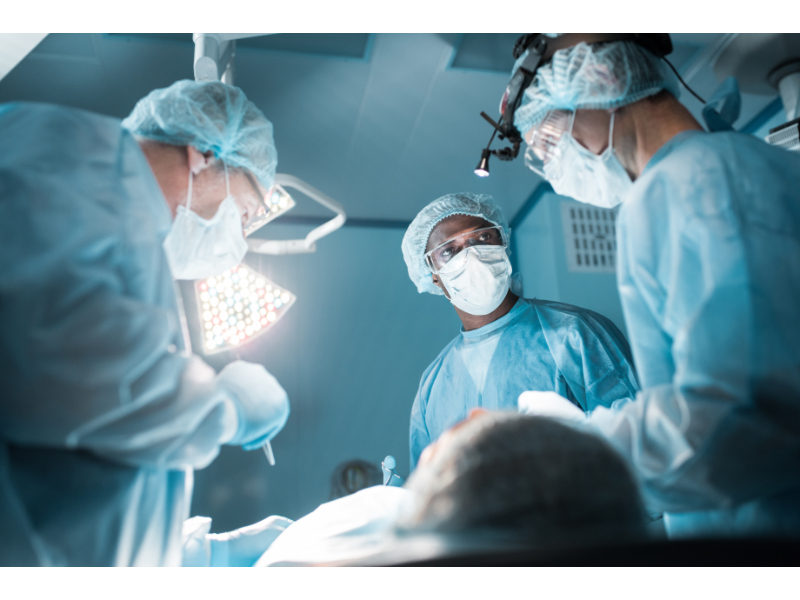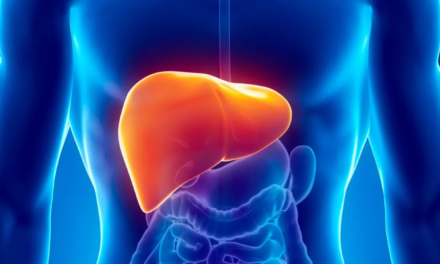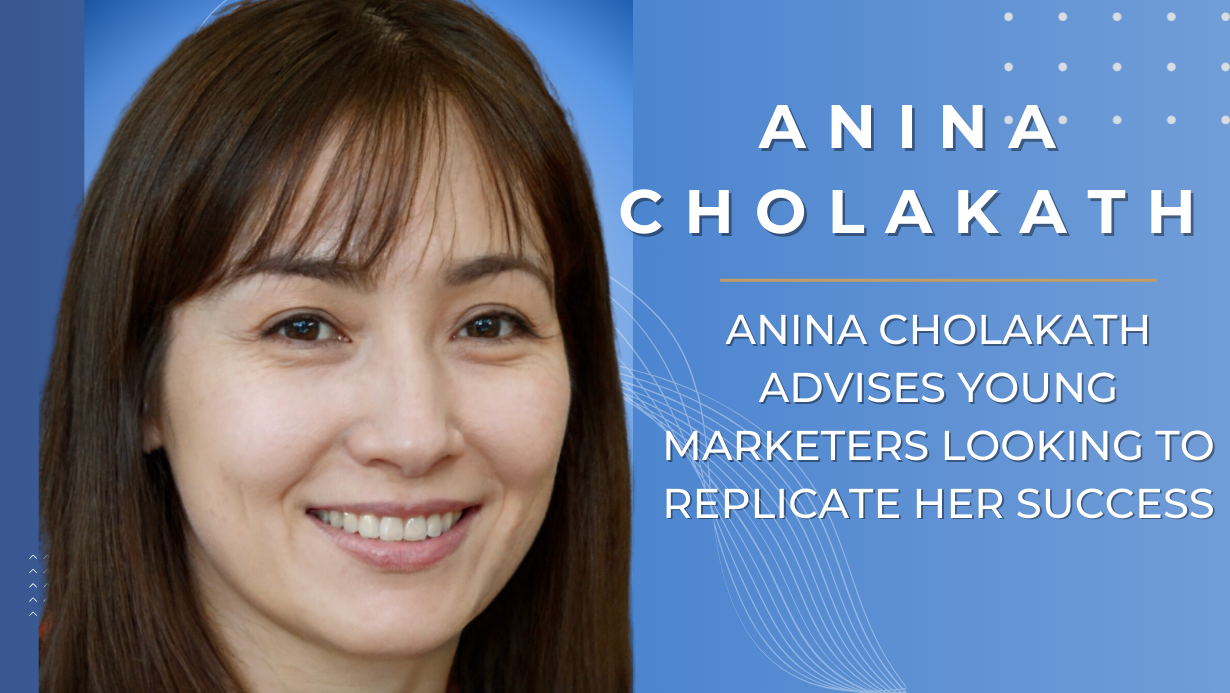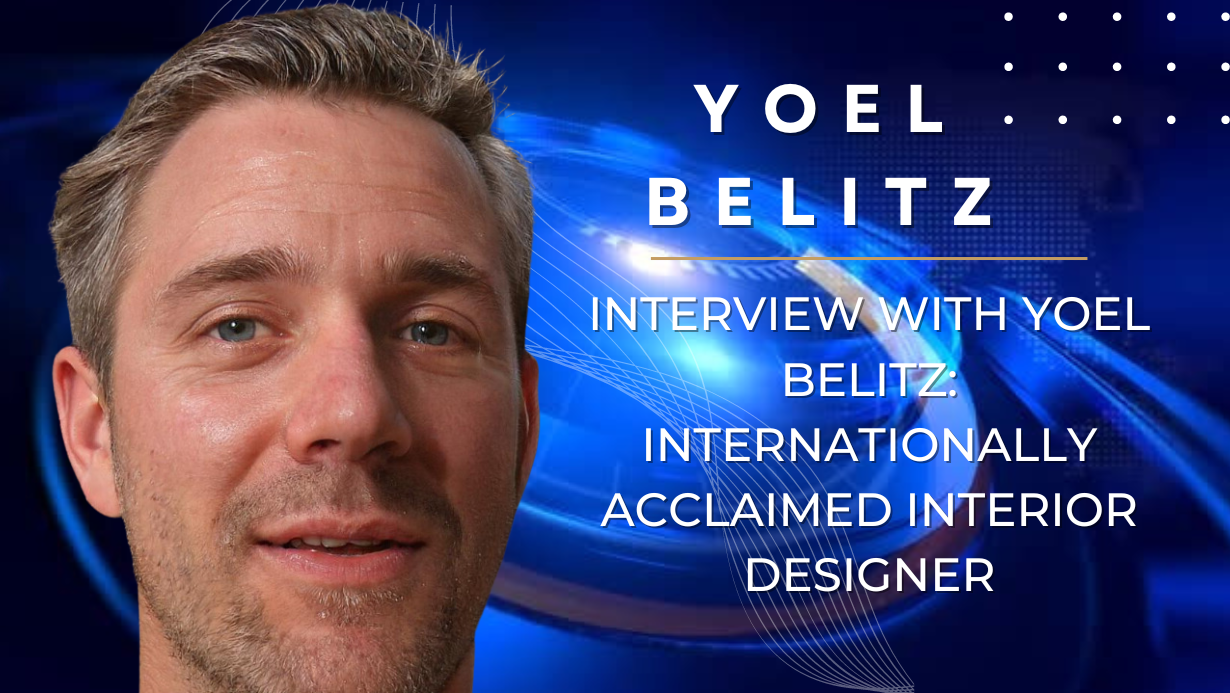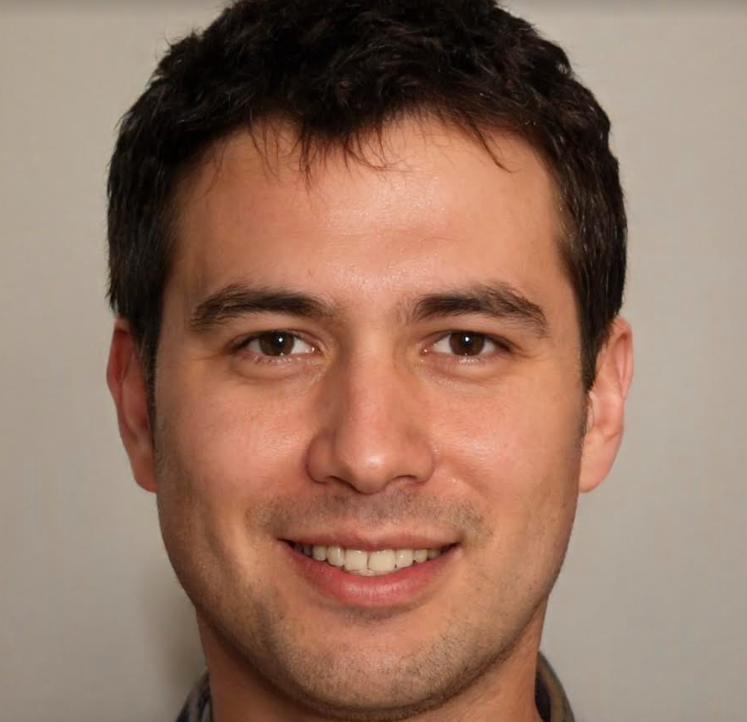CIGC has developed and practiced an advanced, revolutionary approach to fibroid removal surgery (without using robotics or embolization) that provides patients with a faster recovery and fertility preservation. The LAAM procedure has been developed by CIGC and refined over years and thousands of cases to provide the fastest recovery while preserving the uterus and fertility.
CIGC surgeons are “Hyper-Specialists” – they are GYN Oncology trained at the highest level of surgical training possible – and do not practice Obstetrics. The difference is clear – OBGYN’s mainly do Obstetrics, while CIGC HyperSpecialists ONLY DO SURGERY.
Why Choose a CIGC HyperSpecialist for Your LAAM Myomectomy Procedure?
Choosing an experienced laparoscopic surgeon has a direct impact on your recovery. A myomectomy is a fertility-sparing procedure to remove fibroids while leaving the uterus intact. The LAAM procedure preserves “tactile sense” which is the ability to feel and identify fibroids in the uterus. Using tactile sense combined with LAAM techniques and procedures results in a fibroid removal surgery with the fastest recovery, lowest complications, and smallest incisions possible.
What Are Fibroids?
Fibroids are non-cancerous tumors that affect up to 80 percent of women by age 50. They affect African American women at higher rates, and often the fibroids are larger, or there are a higher number of them. The location of fibroids can affect fertility. Symptoms include abnormal bleeding, bloating and pelvic pain, frequency of urination, or pain with sex or going to the bathroom.
Why Have the Fibroids been Removed?
Removal of fibroids from the uterus, also known as a Myomectomy, is the fastest and safest way to treat fibroid symptoms and preserve the fertility of the uterus. Other procedures such as Embolization do NOT remove fibroids but block their blood supply with plastic particles injected into the uterus. Embolization can increase the risk of miscarriage, and can also decrease the blood supply to the ovaries causing infertility. Embolization also does NOT immediately relieve many symptoms of fibroids, and may take months or longer to provide relief.
Will the LAAM Procedure Remove All the Fibroids?
Fibroid treatment with LAAM often removes all fibroids that can be seen or felt, which means that even very small fibroids can be removed. Tiny “seedling” fibroids are not removed, since removing these fibroids can cause more damage to the uterine muscle which can be harmful.
HOW LONG IS THE LAPAROSCOPIC MYOMECTOMY PROCEDURE?
Most LAAM procedures are performed in about an hour, with larger and more fibroids taking longer. The advanced-trained CIGC specialists have developed techniques that ensure efficiency in every surgical procedure, including fibroid removal. These techniques control for blood loss and map the pelvic cavity so that safety and effectiveness of the procedure is high.
Less time under anesthesia is better for the patient, but it is also important to perform a thorough procedure. Using these techniques, CIGC specialists can achieve both.
WILL I HAVE TO SPEND DAYS AT THE HOSPITAL?
No, all patients undergoing LAAM have the surgery performed at a surgery center, and are discharged home the same day. There is no hospital stay involved since LAAM is an outpatient procedure.
What is the Recovery Like After the LAAM Procedure?
Most women are able to go back to work in 7 to 14 days after LAAM, depending on the number and size of the fibroids removed. Patients are able to ambulate the first day of the procedure, with pain decreasing from moderate to mild after two to three days. Since fibroid removal with LAAM is performed using just two small incisions that avoid the abdominal muscle, the pain from surgery is significantly less than if it were performed as a standard laparoscopic or robotic procedure.
Once a patient is through recovery from a myomectomy, menstrual cycles should normalize, and there should be a noticeable difference in the level of pain. After at least 3 months, women can pursue fertility options. It is essential for the uterus to be completely healed before trying to conceive. If the uterus is not completely healed, or not completely repaired during the surgery, placental abruption can occur, creating a dangerous situation for infants and mother.
MY OBGYN RECOMMENDED A HYSTERECTOMY. IS A MYOMECTOMY AN OPTION?
If hysterectomy for fibroids is indicated, it is important to get a second opinion. Age and fertility are the most important factors for these procedures. For some patients, laparoscopic myomectomy may still be an option. The advanced minimally invasive techniques used at CIGC can remove even very large fibroids via myomectomy if the patient is not past fertility. It is not recommended for women who are past fertility to undergo a myomectomy, as it is a more invasive procedure than a hysterectomy.
It is essential that the surgeon has the skill and experience to protect the delicate organs in the pelvic cavity for the safety of the patient.
WHY SHOULDN’T MY OBGYN PERFORM MY LAPAROSCOPIC MYOMECTOMY?
Generalists, including OBGYNs do not practice the skills required to perform the LAAM procedure. An OBGYN practice is primarily focused on obstetrics. Many of these procedures are performed as open surgeries by OBGYN’s, especially if the patient suffers from an enlarged uterus or large fibroids.
